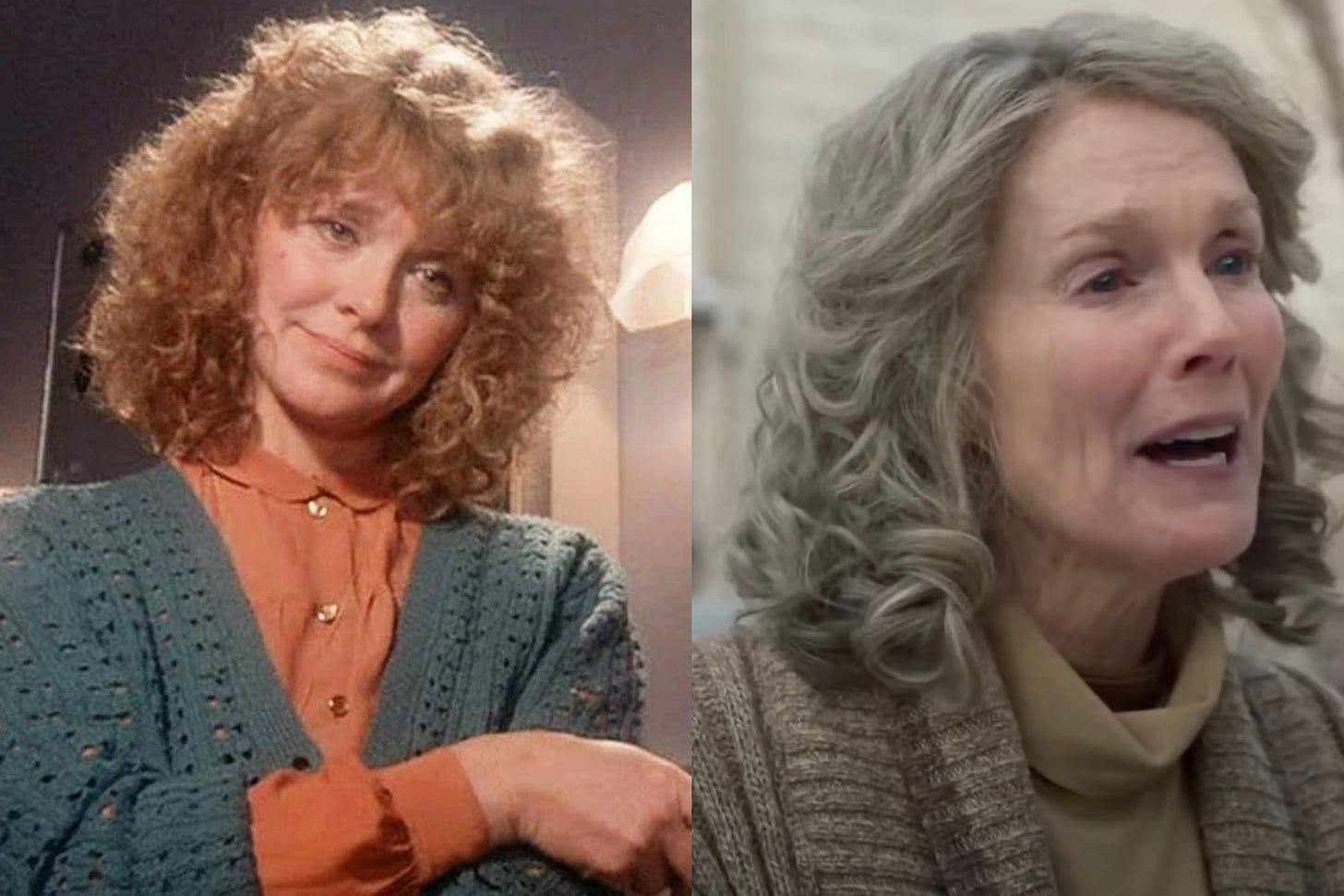Hollywood needs to be nuked from orbit and we need to salt the earth and just start all over again
They've lost the plot on, well, you know, the plots.
You’ve probably seen A Christmas Story, the 1983 classic about a little American boy’s idyllic early 1940s Christmastime in what everyone seems to agree is Cleveland, Ohio. It’s a genuinely good movie, maybe even a great movie—fun, very funny, creative, sweet, heartwarming, nostalgic, just an all-around fun feature to watch during the Christmas season.
You probably didn’t know that you didn’t need a sequel to the movie, because, look, you don’t need one, not ever. They got it right the first time. They nailed it very well. There were no more stories to tell there. But brother, you’re getting a sequel whether you want to or not, and from the looks of it you’re going to get it good and hard:
I will have much more to say about modern Hollywood cinema at some point, but suffice it to say that this looks like the archetypal present-day Hollywood feature: Just a brutal, unenjoyable slog, shamelessly derivative to the point that it’s uncomfortable, unoriginal, unfunny, pointless, useless. Almost literally every single thing in this movie looks to be a callback to the earlier movie. Why make it? The earlier movie already exists and it was very good and there was no need to make a completely needless 90-minute reference to it. Almost every joke in this movie looks joyless, strained, at times jarringly anachronistic. “It’s not [child] labor if we don’t pay you,” the mom crisply observes at one point; this is a lame joke straight out of a 2022 sitcom, not something a mom would say in 1973. Almost everyone in this movie looks like they just stepped out of a Merle Norman Cosmetics Studio, just expertly made-up, beautfully coiffed, the clothing fresh off the rack, not a stitch out of place. Why is this the way every movie looks now? Why have filmmakers forgotten how to make people look normal and appealing and well-lived? Why does every film character and every film set these days look like a Walt Disney World animatron, too clean and too perfect to be anything but fake?

Who thought it would be a good idea to include a weird, ethereal, lowbrow, unfunny, uncanny valley-style human CGI sequence in this thing? Why was that considered a good idea? Consider how many people must have given this scene the okay. I mean it had to be a few dozen people at least, right?
What were the storyboard sessions like for this film? Who greenlit this movie? Was it someone at the end of his professional rope but who needed just one more Hail Mary project to keep the suits off his case for another six weeks until he could retire with partial benefits? How could you possibly convince any of the original actors to come back for it? Couldn’t they see how nakedly embarrassing and artistically discrediting this movie is?
All of this is a digression. This is Hollywood now: An endless field of boring, redundant movies, a constant uncreative and unexciting looking back, an artistic dead end. You can argue that there are still plenty of lower-profile, off-the-beaten-path movies being made that are worth seeing, and you might be right about that. But that’s kind of the problem: It used to be the case that you could get good cinema from both the arthouse draft and the bigger-budget showstoppers. There was a time when film studios were absolutely cranking out legendary, generation-defining movies on an extremely regular basis; hell, A Christmas Story was one of them. Now it’s all just dust and echoes: The same awful superhero movies made on endless repeat, a nonstop series of stupid reboots and remakes, and the very infrequent decent production that critics invariably end up calling “sleeper hits” because they’re just as surprised as anyone that a good movie was actually made.
I will not be watching this movie. I have learned my lesson. I hope it crashes and burns and makes only $9 so that Hollywood can start to learn its lesson, too. But I am not at all hopeful. Oh well. as we say nowadays: We’ll always have the original.



